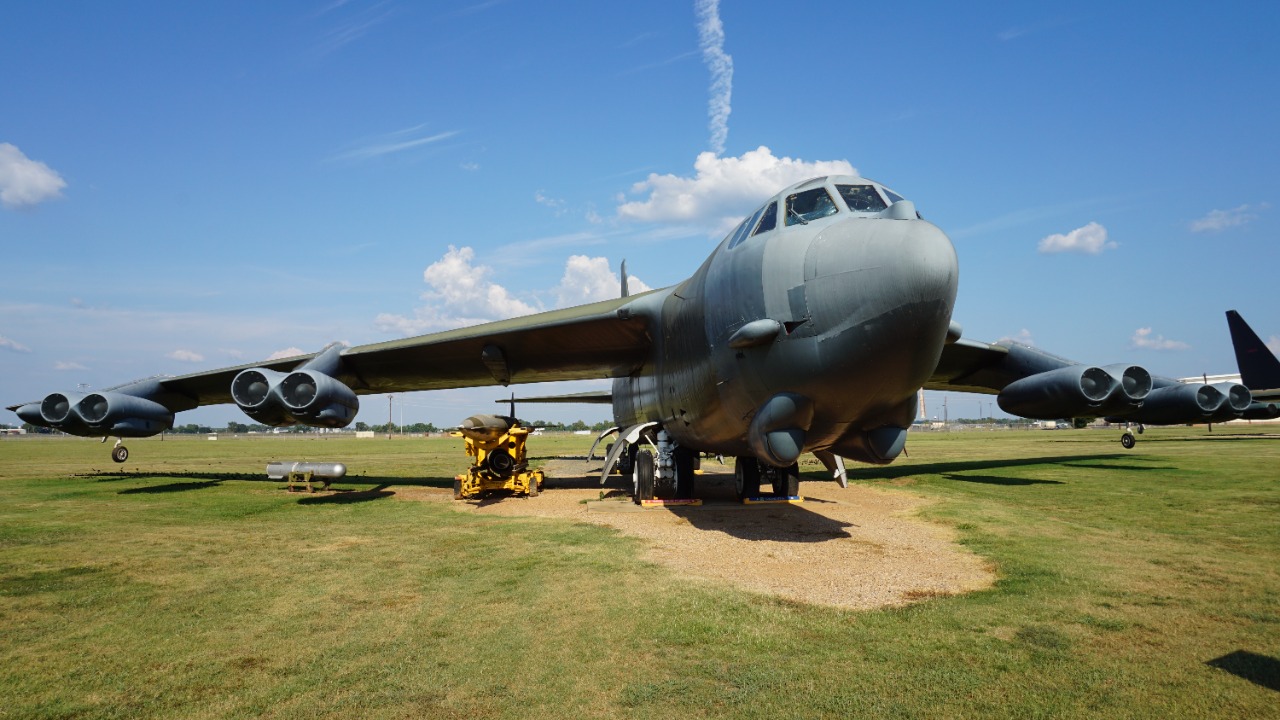
In the ever-evolving world of military aviation, some classic aircraft continue to play crucial roles in modern combat scenarios. These planes, lauded for their durability, versatility, and engineering, have stood the test of time. Below is a list of nine classic aircraft still utilized in combat today, showcasing their ongoing relevance and impact on military operations.
Boeing B-52 Stratofortress
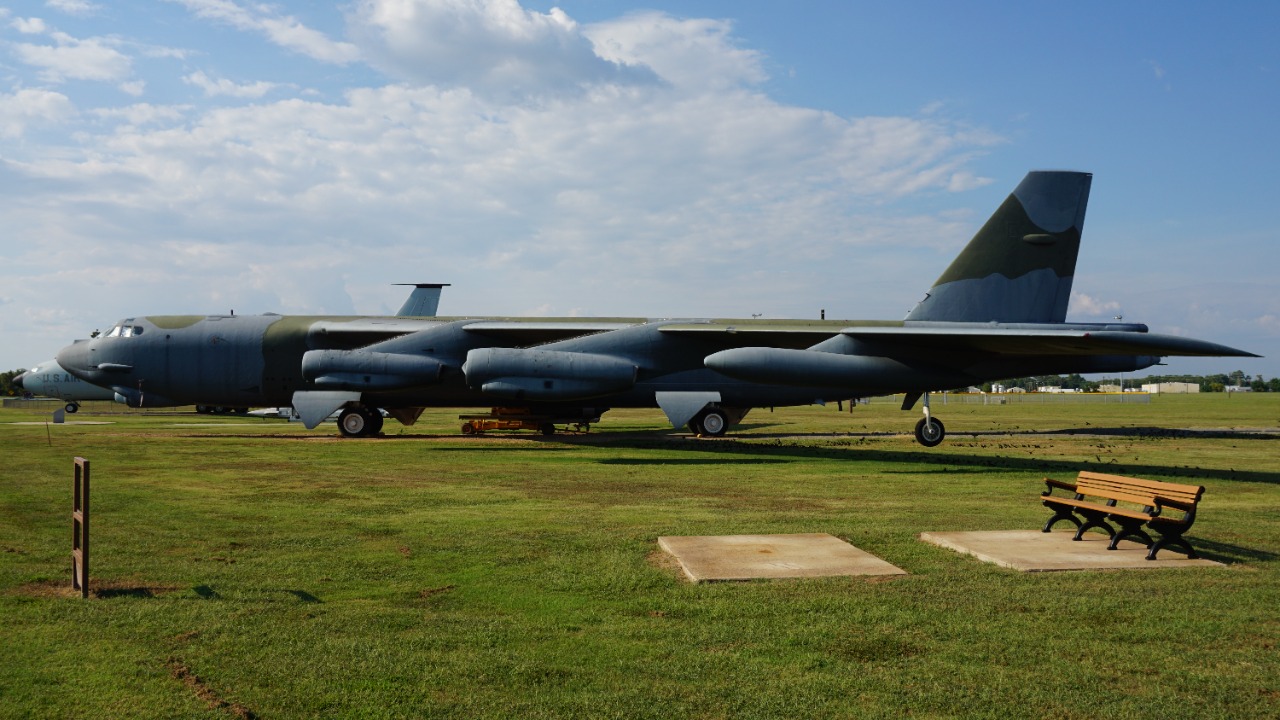
The Boeing B-52 Stratofortress is a long-range, subsonic, jet-powered strategic bomber that has been a staple of the U.S. Air Force since its introduction in 1955. Despite its age, the B-52 remains in service due to its impressive payload capacity and range. Known for its ability to carry both conventional and nuclear weapons, the B-52 is a critical component of the United States’ strategic bomber force.
Its continued updates, including advanced communication and weapon systems, ensure that the B-52 remains relevant in modern warfare. The aircraft’s longevity and adaptability make it a prime example of how classic models can be effectively integrated with contemporary technology.
McDonnell Douglas F-15 Eagle
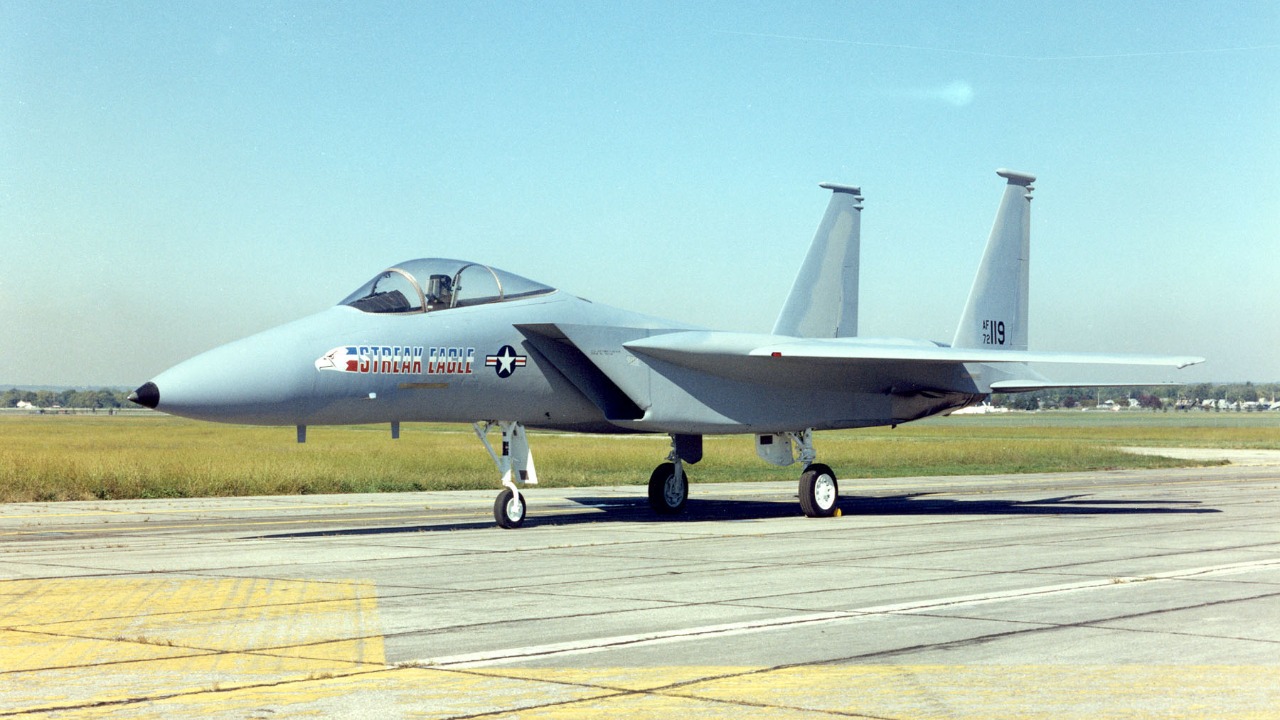
The McDonnell Douglas F-15 Eagle, which first took flight in 1972, is renowned for its air superiority capabilities. This twin-engine, all-weather tactical fighter has an exceptional combat track record, with more than 100 victories and no losses in aerial combat. Its speed, agility, and advanced avionics contribute to its reputation as a formidable fighter jet.
The F-15 continues to be upgraded with state-of-the-art radar and weapon systems, ensuring its competitiveness against newer aircraft. Its ongoing service in multiple air forces worldwide underscores its enduring value in aerial warfare.
Lockheed C-130 Hercules
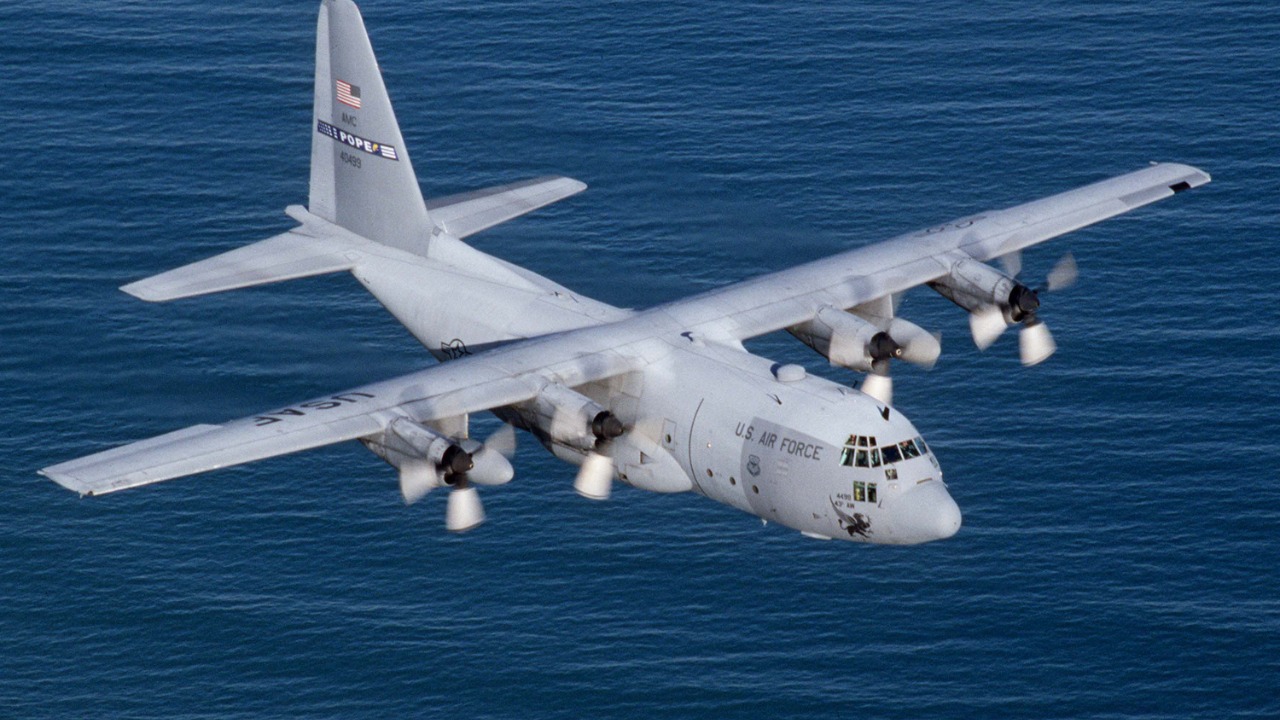
The Lockheed C-130 Hercules is a four-engine turboprop military transport aircraft that first flew in 1954. Its versatility and ability to operate from short and unprepared airstrips make it invaluable for logistical support, troop transport, and humanitarian missions. The C-130’s robust design allows it to perform in a variety of environments, from arctic to desert conditions.
With continuous upgrades, including advanced avionics and improved engines, the C-130 remains a workhorse of military aviation. Its adaptability for specialized missions, such as aerial refueling or electronic warfare, further extends its operational lifespan.
Fairchild Republic A-10 Thunderbolt II
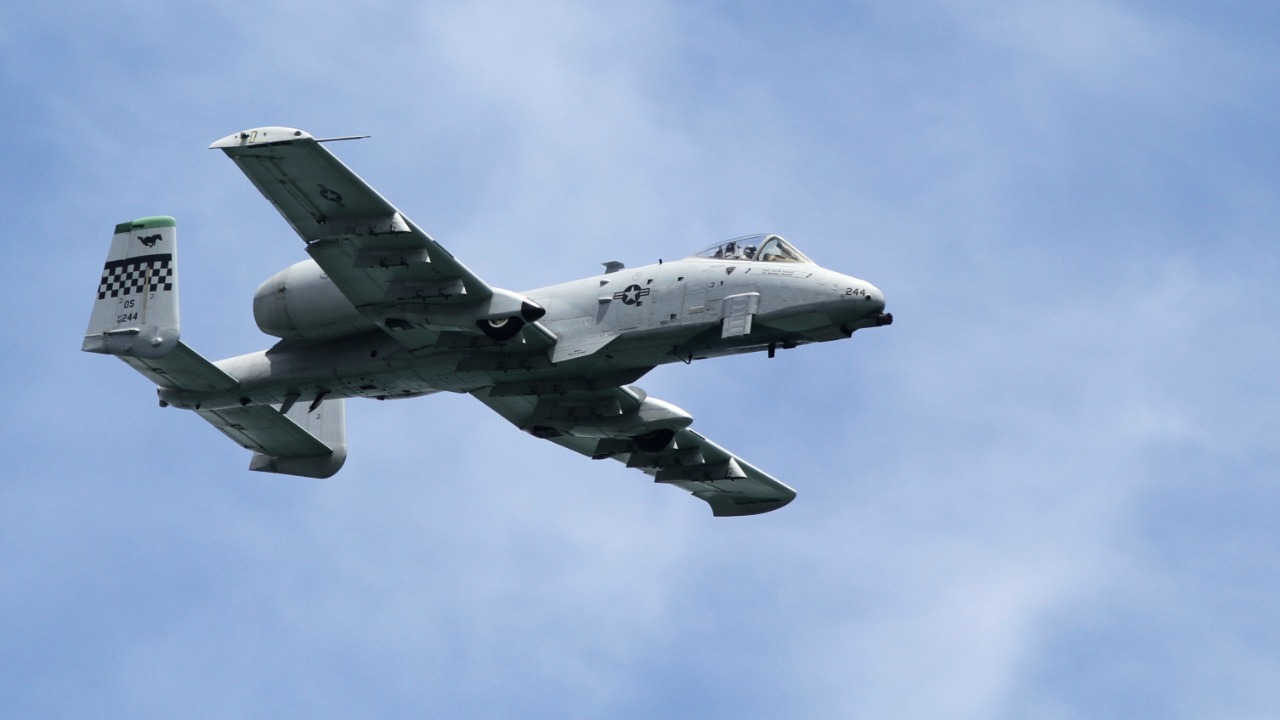
The Fairchild Republic A-10 Thunderbolt II, affectionately known as the “Warthog,” is a close air support aircraft that first entered service in the 1970s. Its distinctive design features a sturdy airframe and a powerful 30mm GAU-8/A Avenger rotary cannon, allowing it to provide effective ground support.
The A-10’s ability to absorb damage and remain operational is legendary, making it a favorite among ground troops. Despite discussions about its retirement, the A-10 continues to receive upgrades, ensuring its relevance in modern combat operations.
Mikoyan MiG-29 Fulcrum

The Mikoyan MiG-29 Fulcrum, introduced in the early 1980s, is a twin-engine fighter jet known for its agility and speed. Designed by the Soviet Union, the MiG-29 remains in service with several countries across the globe. Its advanced aerodynamic design allows for exceptional maneuverability, making it a formidable adversary in dogfights.
Despite newer models entering service, the MiG-29 continues to be upgraded with modern avionics and weapon systems. Its continued deployment highlights its effectiveness as a multirole fighter in various combat scenarios.
Sukhoi Su-27 Flanker
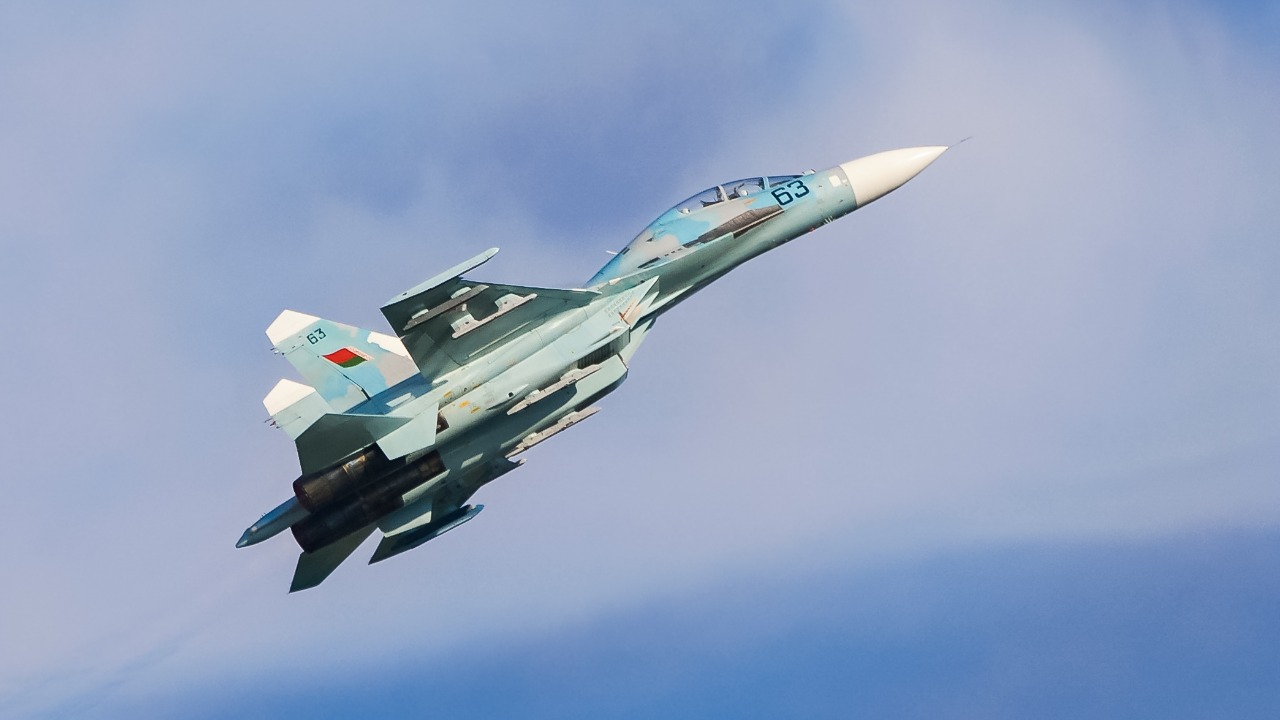
The Sukhoi Su-27 Flanker is another product of Soviet engineering, first taking to the skies in the late 1970s. This twin-engine fighter is renowned for its high speed, long range, and formidable armament. The Su-27’s large airframe and powerful engines allow it to carry a significant payload, making it a versatile asset in both air superiority and ground attack roles.
Continual upgrades have kept the Su-27 competitive with newer aircraft, and its variants, such as the Su-30 and Su-35, continue to serve in air forces worldwide. The Su-27’s legacy endures as a symbol of Russian aviation prowess.
Northrop Grumman B-2 Spirit
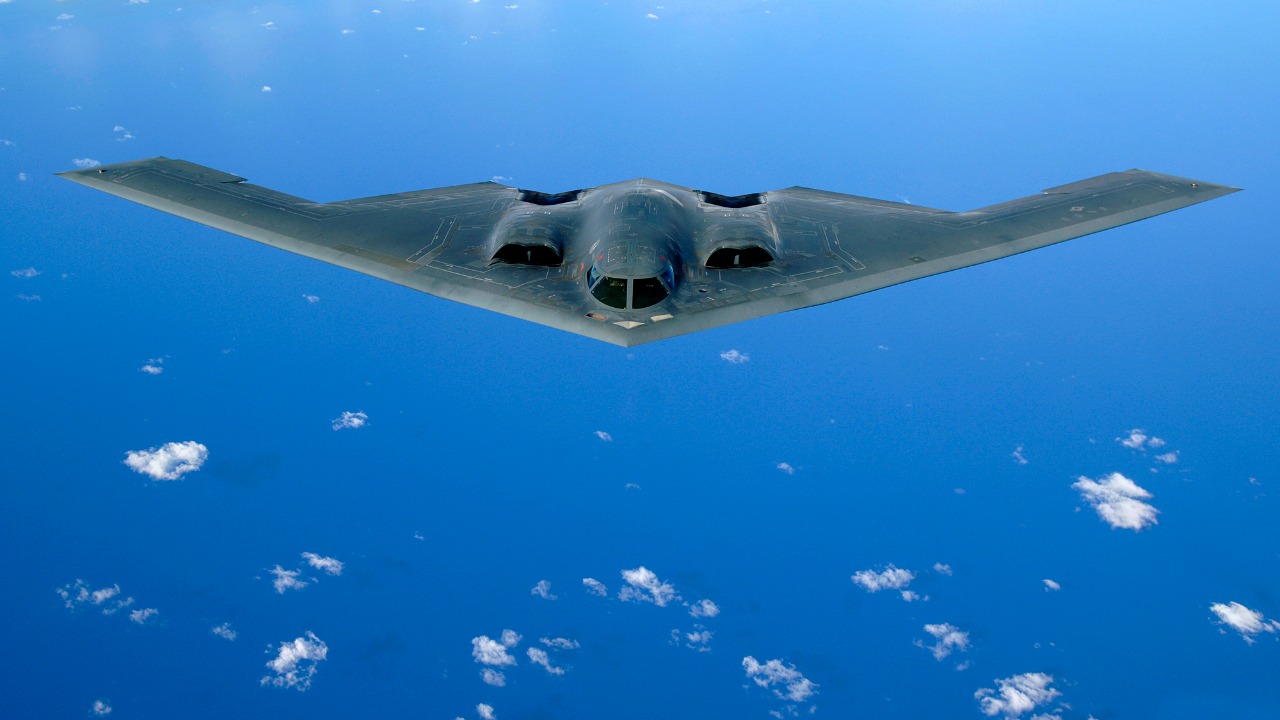
The Northrop Grumman B-2 Spirit is a stealth bomber introduced in the late 1980s. Its unique flying wing design and advanced stealth technology allow it to penetrate sophisticated enemy defenses. The B-2 can deliver both conventional and nuclear munitions, making it a strategic asset for the U.S. Air Force.
Despite its high operational cost, the B-2’s capabilities ensure its continued relevance in modern military strategy. Ongoing updates, including new communication and defensive systems, aim to enhance its effectiveness and extend its service life.
General Dynamics F-16 Fighting Falcon
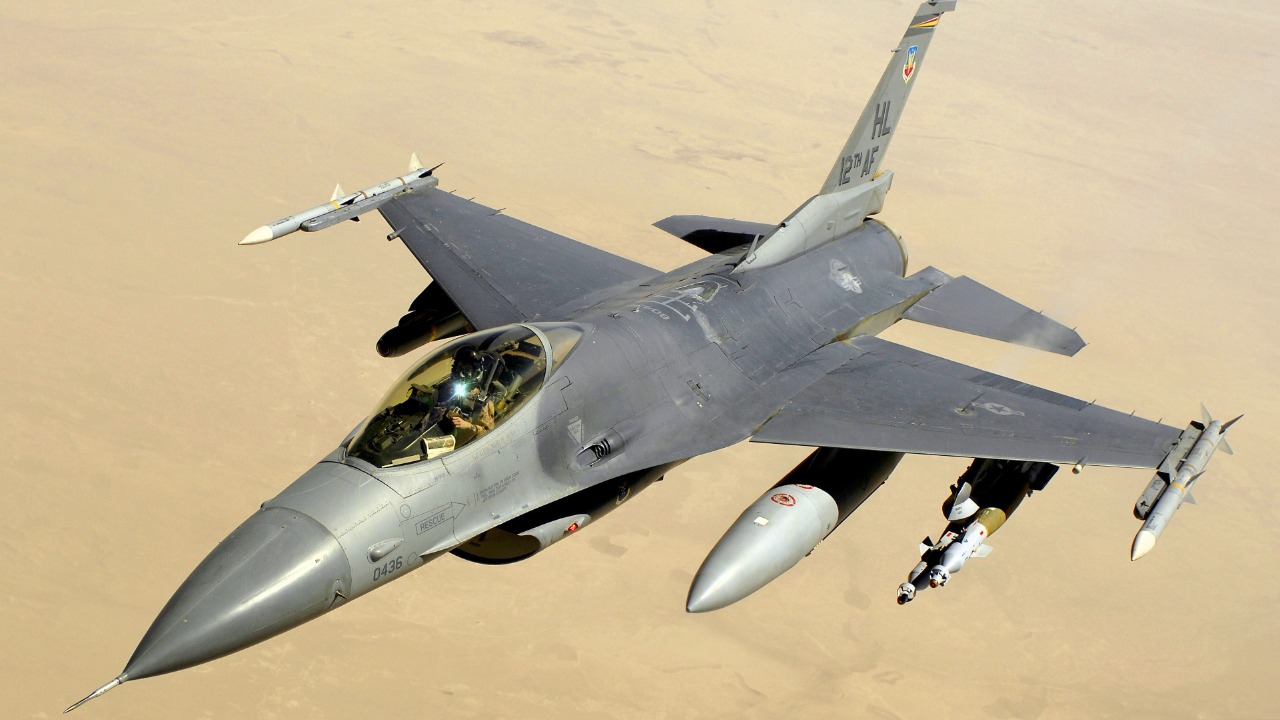
The General Dynamics F-16 Fighting Falcon, first introduced in the 1970s, is a single-engine multirole fighter known for its versatility and reliability. Serving in numerous air forces worldwide, the F-16 is valued for its agility, advanced avionics, and cost-effectiveness.
Upgrades such as improved radar systems and weapon integration have kept the F-16 competitive with newer aircraft models. Its widespread adoption and continued production reflect its enduring appeal and effectiveness in a variety of combat roles.
Boeing F/A-18 Hornet
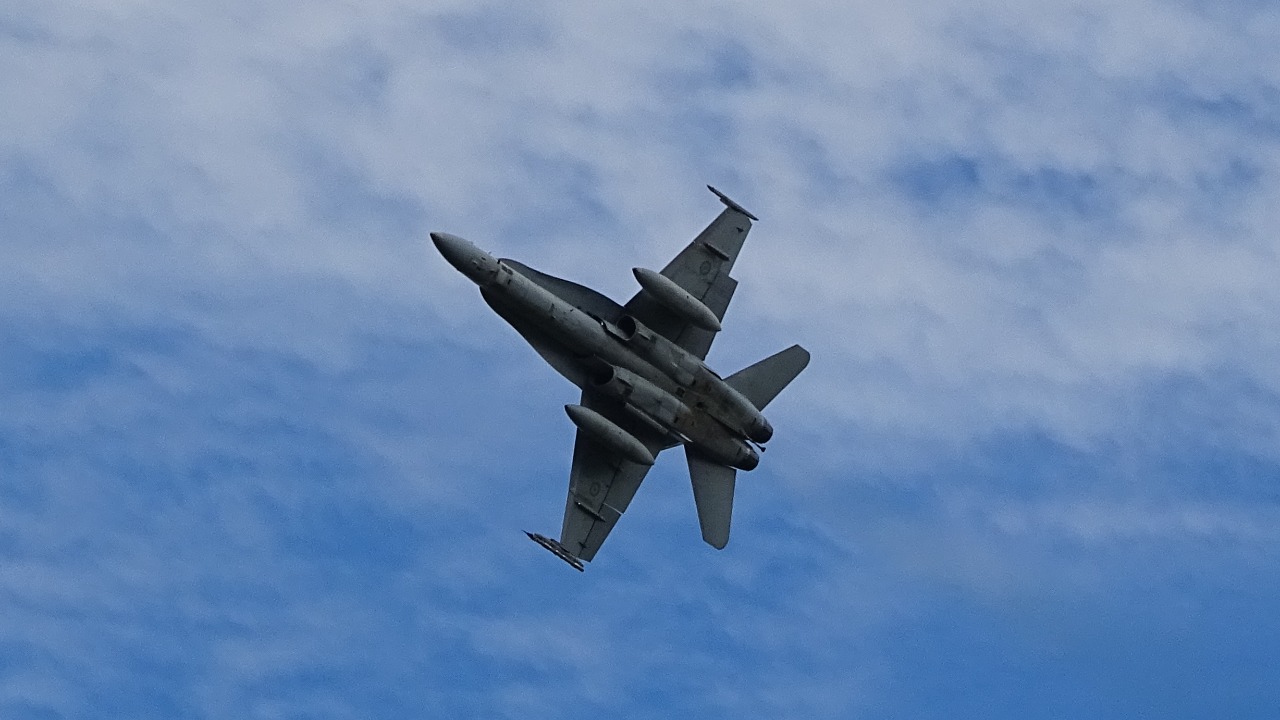
The Boeing F/A-18 Hornet, which made its debut in the late 1970s, serves as both a fighter and attack aircraft. Its twin-engine design and advanced avionics contribute to its versatility in various combat scenarios. The F/A-18’s ability to operate from aircraft carriers makes it a crucial component of naval aviation.
Continual enhancements, including the development of the F/A-18E/F Super Hornet variant, ensure its ongoing service in military forces worldwide. The Hornet’s adaptability and performance cement its place as a vital asset in modern military operations. For more on famous airplanes, check out this list of iconic aircraft.
For those interested in the longevity of military jets, the F-16, F-15, and F-18 are highlighted in this comprehensive guide on enduring fighter jets.